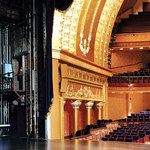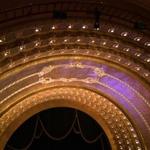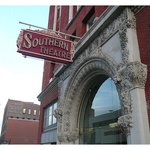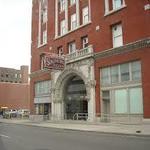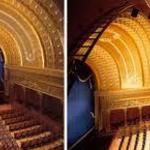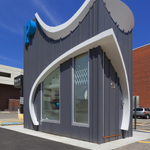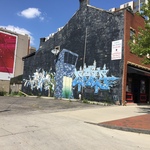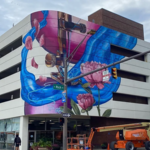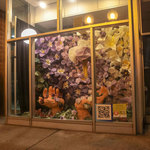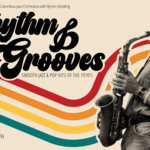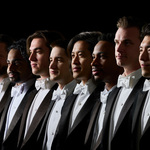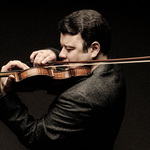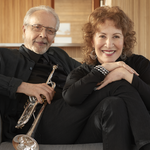Southern Theatre
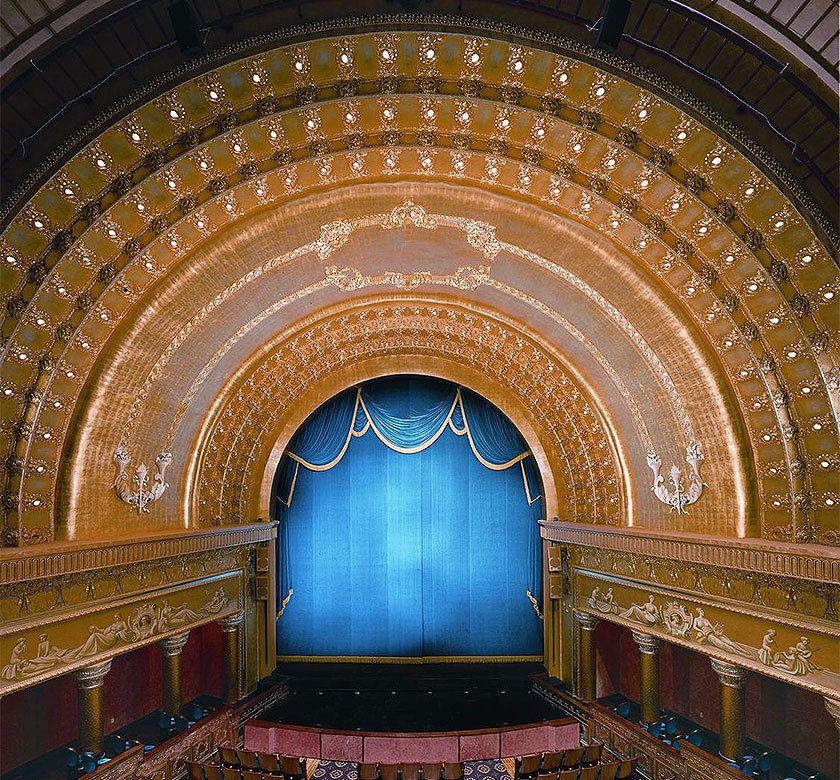
The oldest surviving theatre in central Ohio and one of the oldest in the state, the Southern Theatre opened in 1896 as part of a performance space and hotel complex on the corner of High and Main Streets. The Southern was designed for the presentation of theatrical touring productions, and later also accommodated silent films, vaudeville, first- and second-run motion pictures, dance, country music reviews, and community events. Over its life, the Southern has hosted singer Lillian Russell, actors Ethel and Lionel Barrymore, Maude Adams, Sarah Bernhardt, dancers Anna Pavlova and Isadora Duncan, John Philip Sousa, Al Jolson, George M. Cohan, Mae West, and W.C. Fields.
After fire destroyed five downtown theatres between 1889 and 1893, an assembly of businessmen decided to enhance the city’s south side with a new-and-improved, fashionable hotel. Designed by the prominent local architectural firm of Dauben, Krumm, and Riebel, construction on the Great Southern Fireproof Hotel and Opera House began in 1894.
The Southern Theatre opened on September 21, 1896, and the hotel the following summer. Constructed of "fireproof" tile, brick, iron, steel, and concrete, the theatre -- which originally seated 1,723 on three levels -- was praised for its plush seats, stylish boxes, excellent sight lines, and absence of posts or other obstructions. Its ample stage dimensions proved more than up to the challenge of the 1903 touring production of Ben-Hur, which featured a cast of 350 and a chariot race in which two teams of horses galloped on treadmills for a mile!
The Southern Theatre departed from the classical opera house by incorporating features considered very "modern" for its day. Most notable was the design of the audience chamber ceiling. From the proscenium opening, a series of concentric arches radiate into the house, creating an acoustic system that is still nearly perfect today.
The Southern Theatre was also one of the first commercial facilities in Columbus to use electricity. The six arches that fanned out over the orchestra were lined with light bulbs—204 lamps in all! Tinted globes shaded the bulbs, giving the effect of warm, diffused light over the entire theatre. Ahead of its time, the building had to generate its own electricity and also produce its own water supply from three wells in the basement.
Materials
tile, brick, iron, steel, and concrete
Location
21 East Main Street, Columbus, Ohio, 43215
Get Directions
Please note: The Greater Columbus Arts Council (Arts Council) does not own or manage any public art. For the purposes of this database many pieces were entered by the Arts Council while we continue to search for the appropriate owner/manager of the work and other information to complete the entry. The Arts Council has tried to gather all available information about the works in this database, however, we acknowledge there may be missing or inaccurate information. If you can help us correct any inaccuracies, or provide more complete information, we would be grateful. Please use “Something missing? Please send us a note” below.
Something missing? Send us a note.Categories
-
Historic Theater
Type
-
Public Art
Artist
Dauben, Krumm, Riebel
Attributes
- Street Parking
- Wheelchair Accessible
- Indoors
- ADA Accessible

